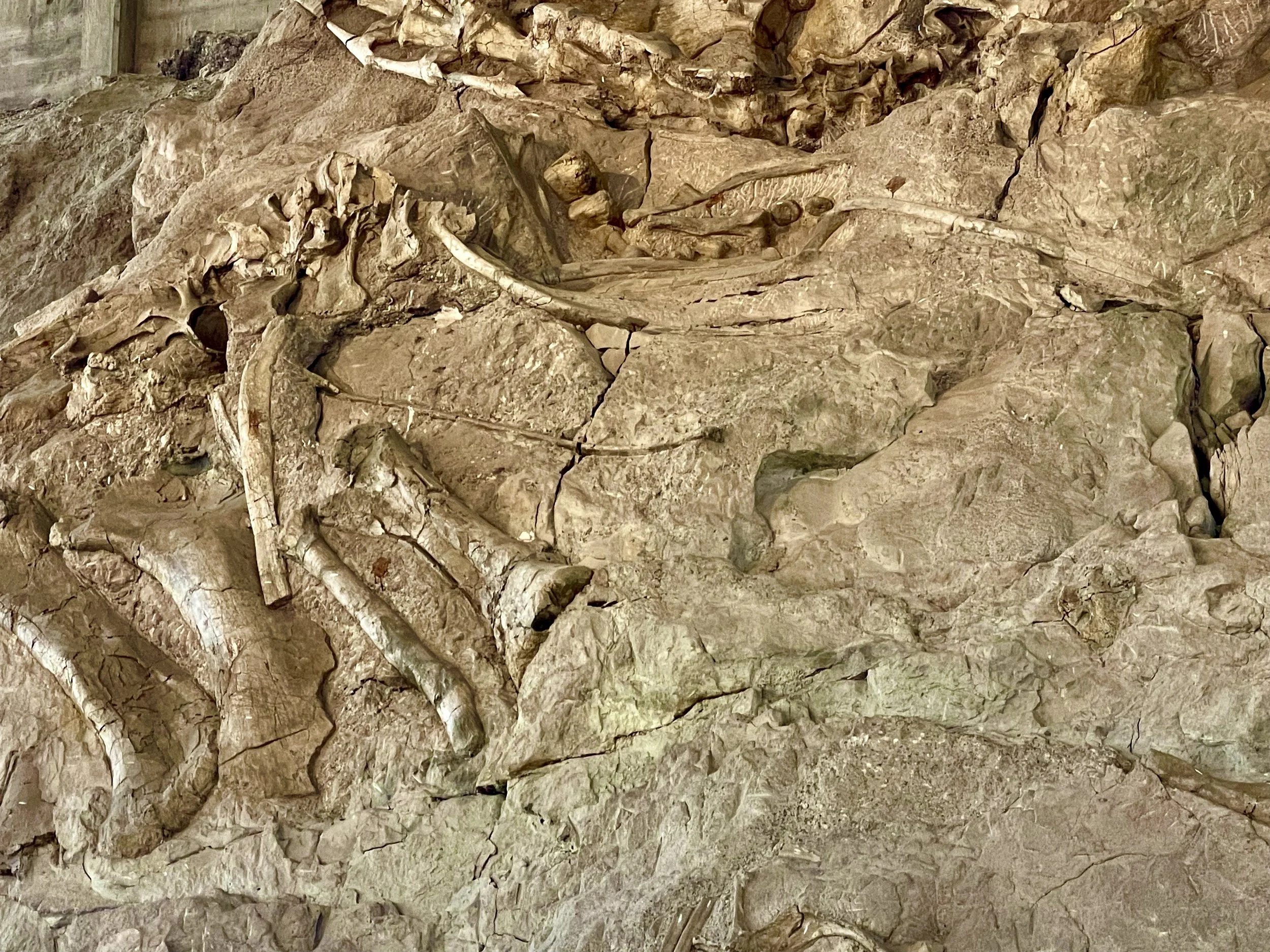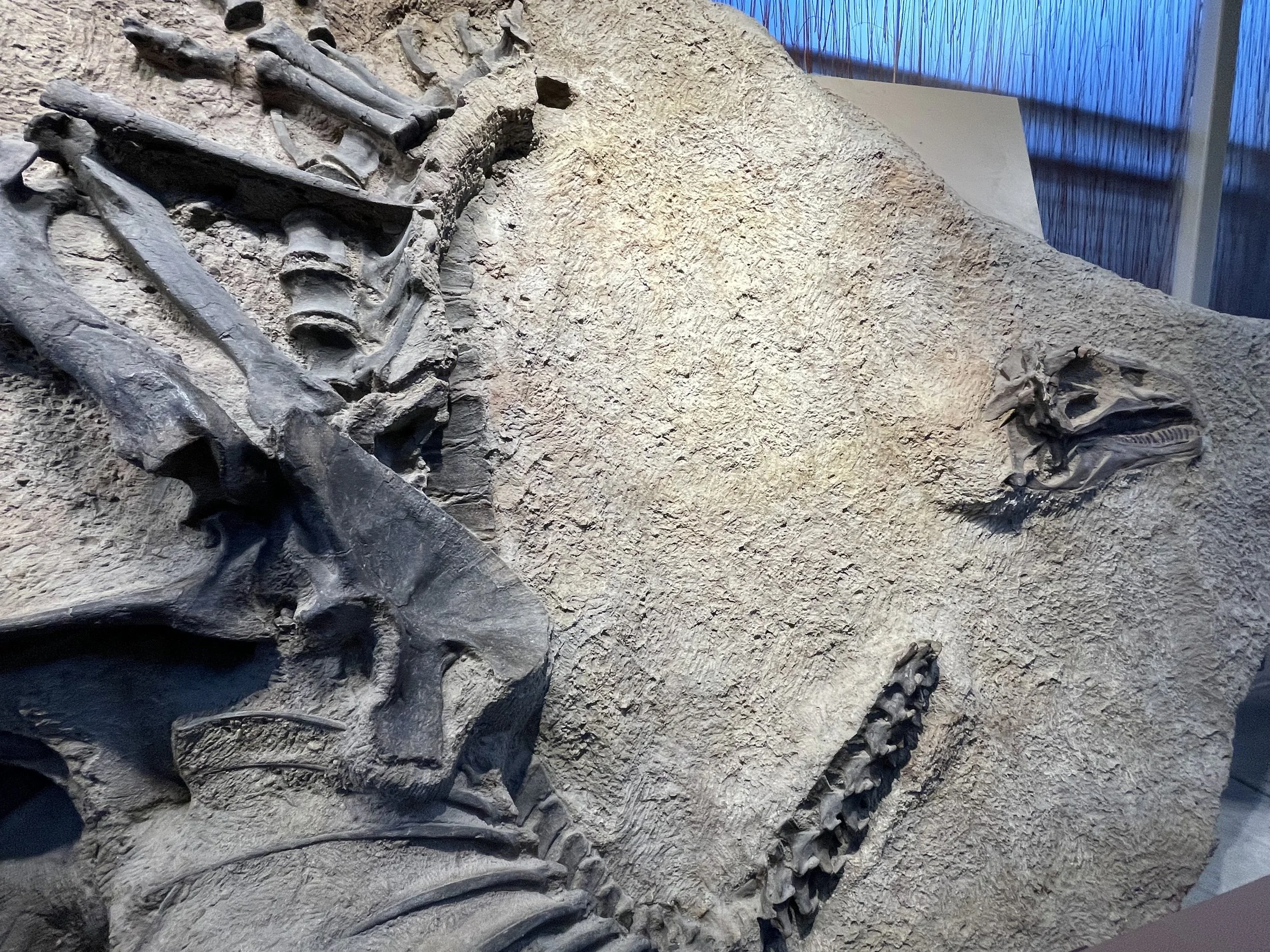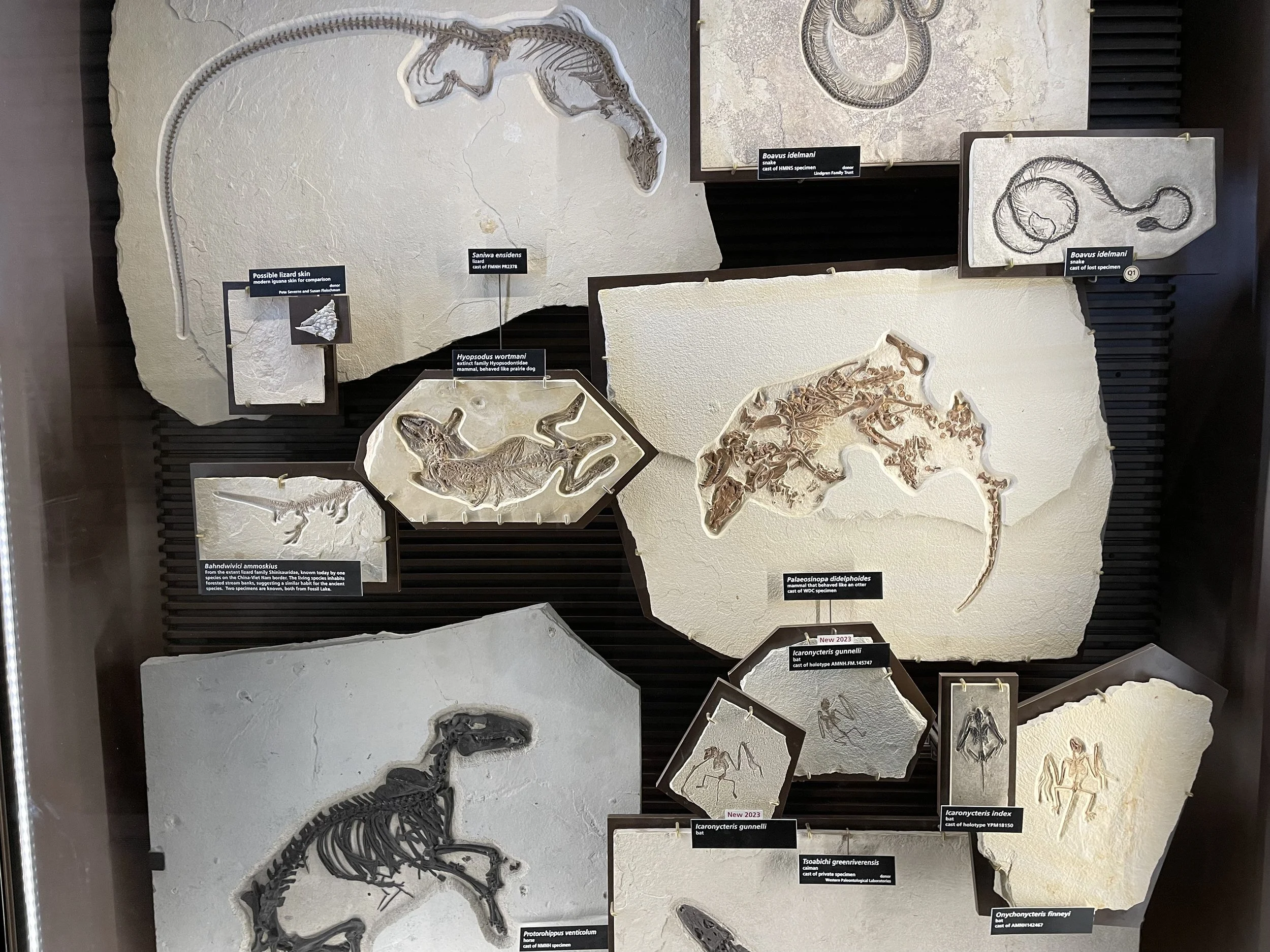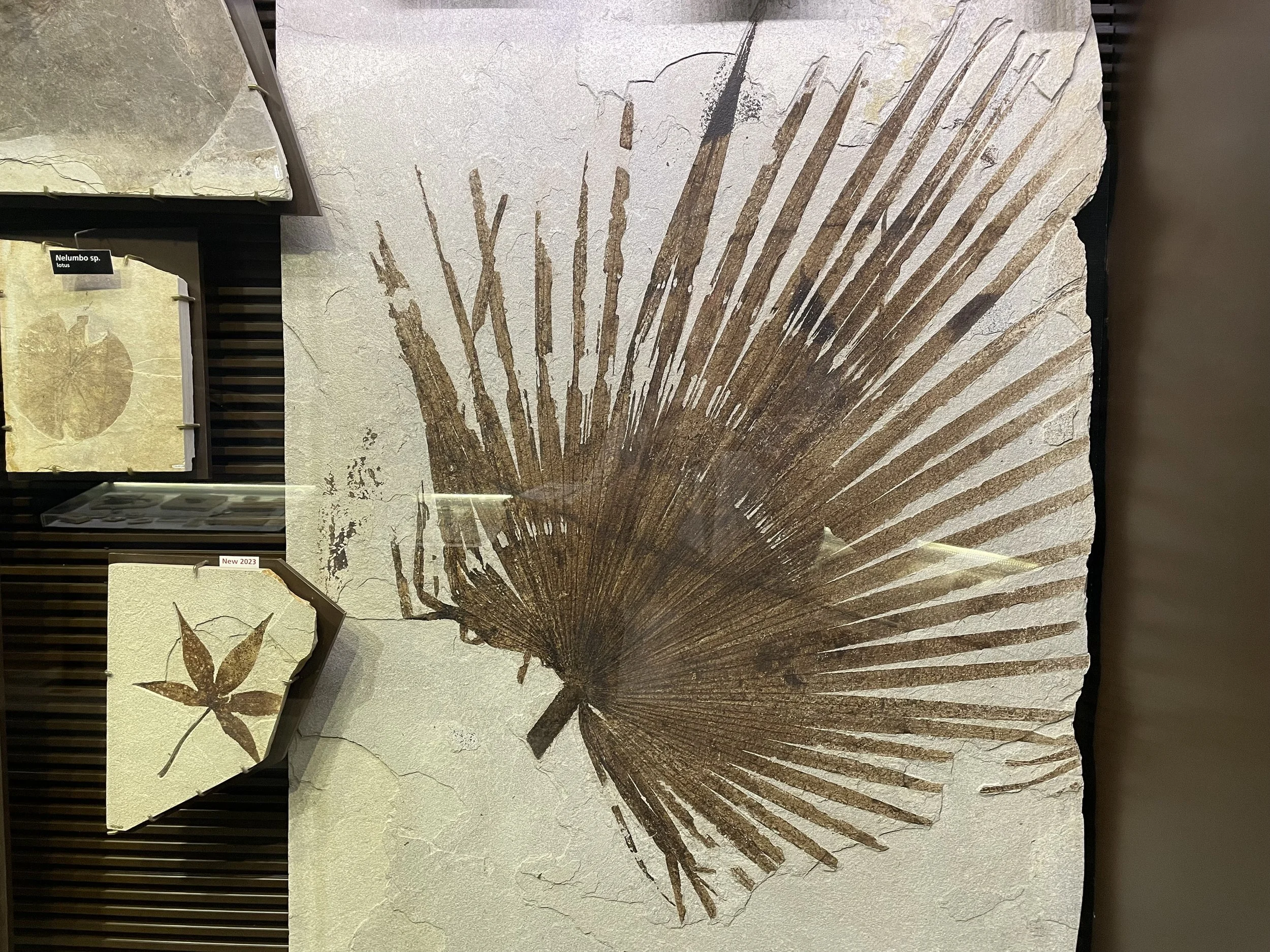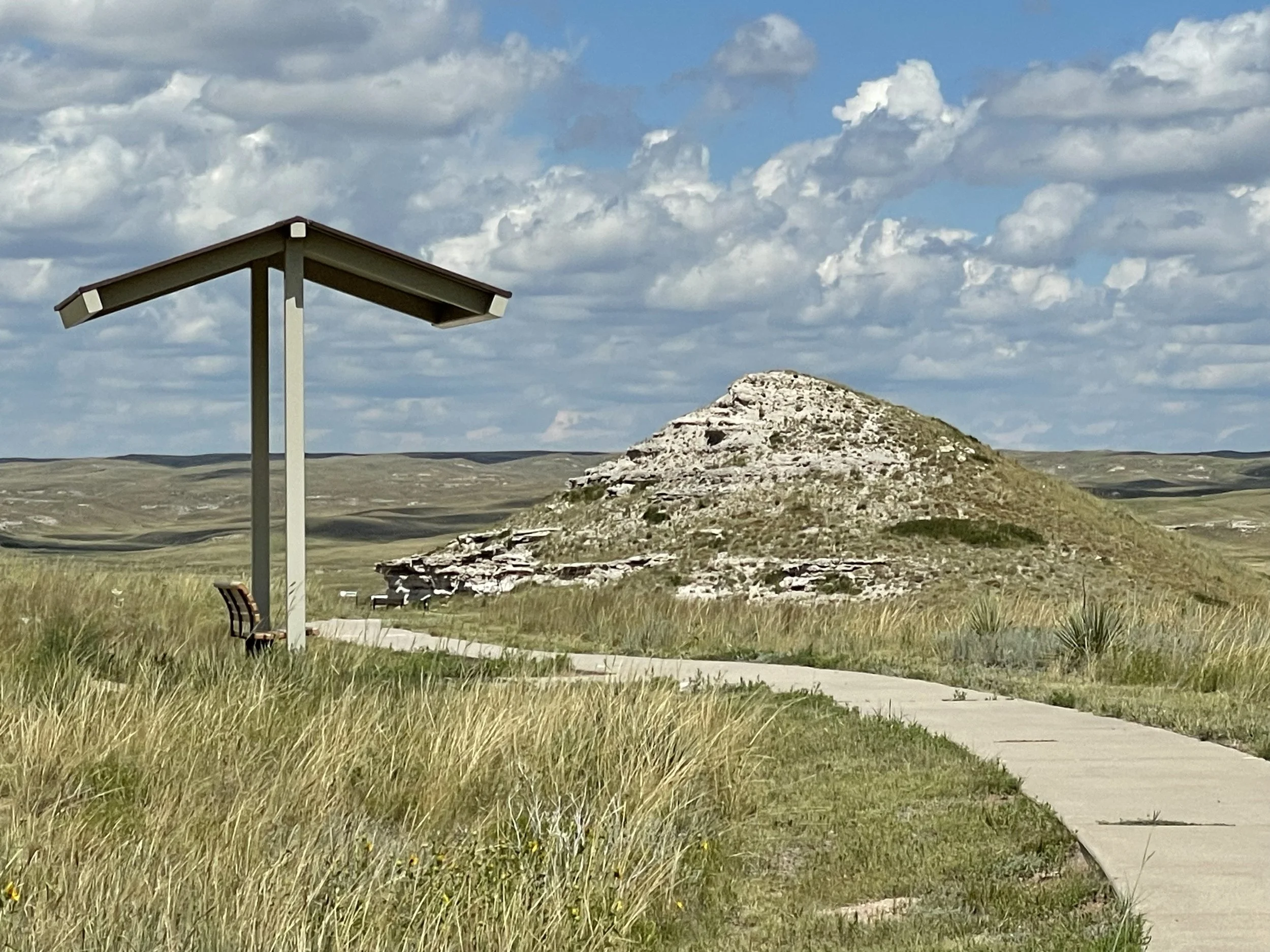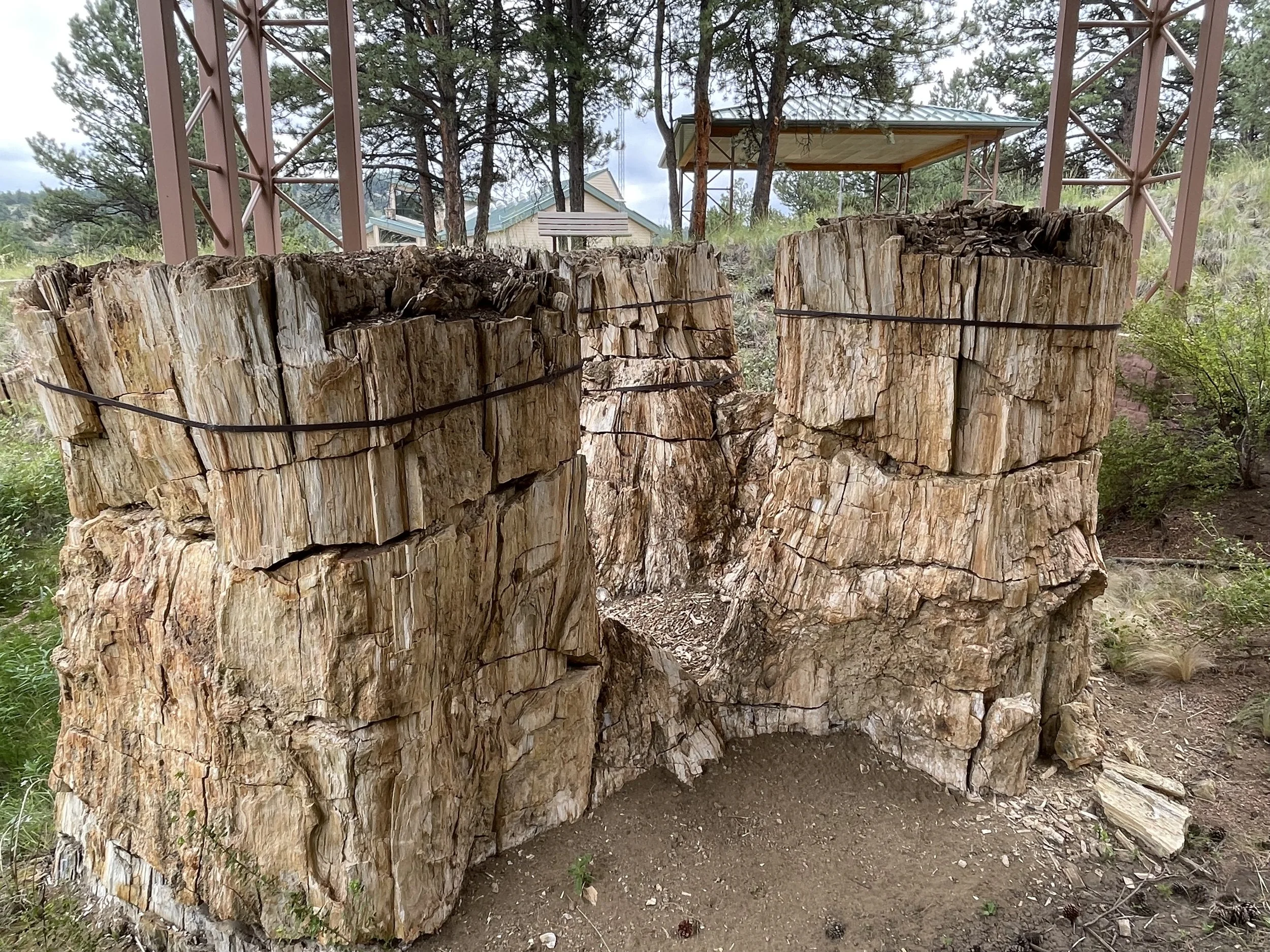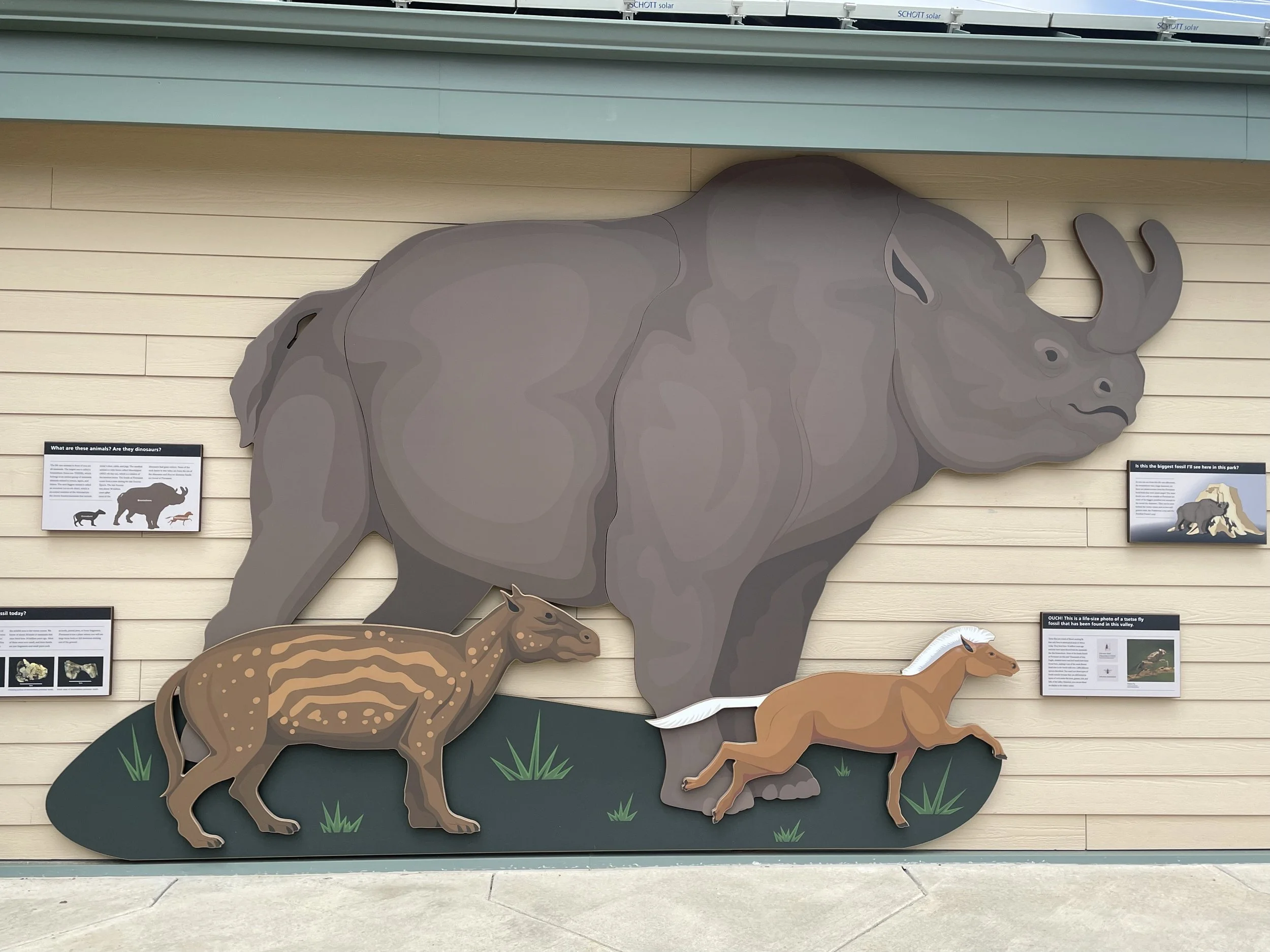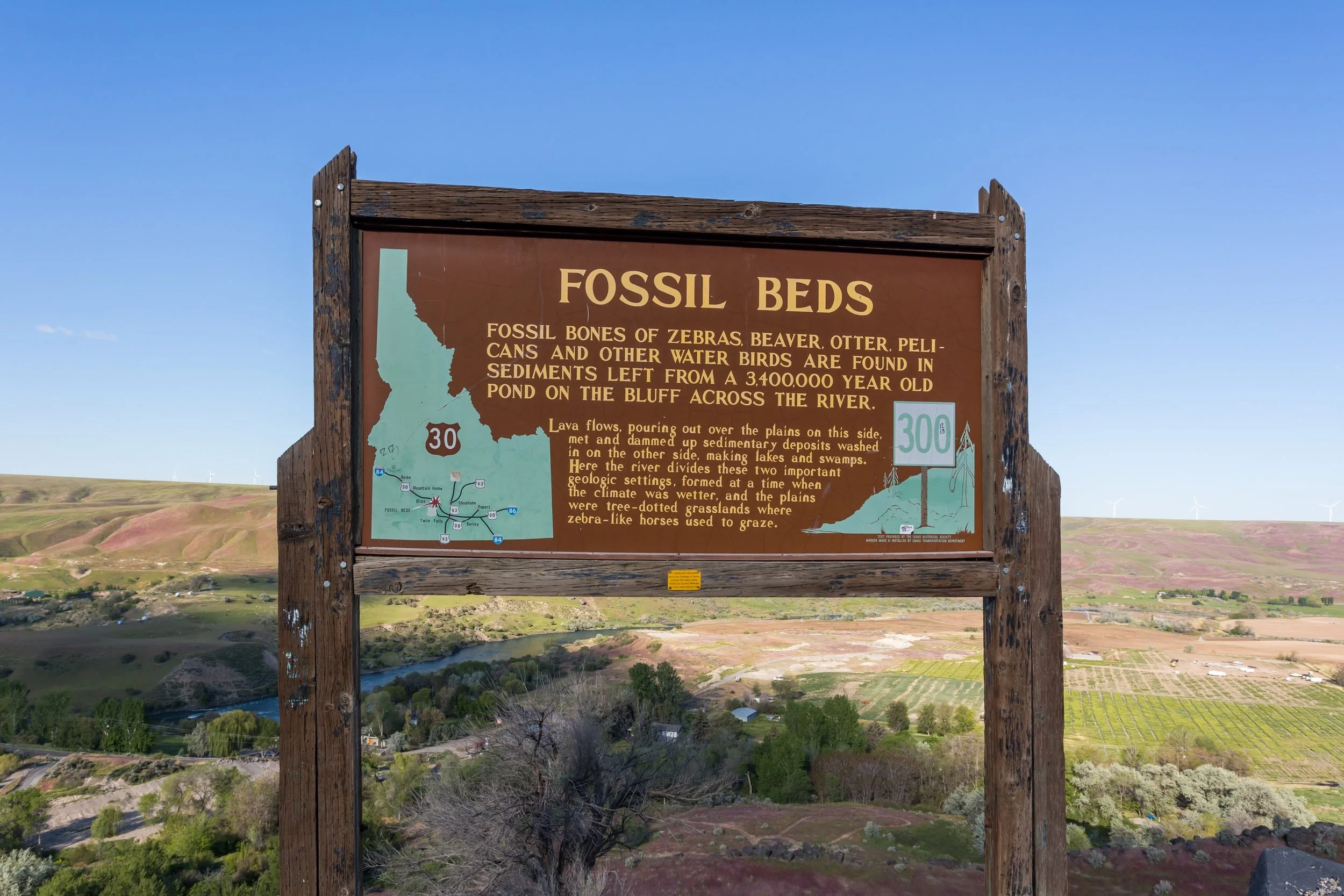Fossils—Eight National Monuments
The prehistoric landscape of what is now known as North America bore no resemblance to what we’re familiar with today. It was a vast quilt of savannah and inland seas filled with plants and animals that have evolved or gone extinct. There are many places in the United States that preserve the remnants of this past. These eight are on public lands and are managed by federal agencies.
John Day Fossil Beds—Oregon
John Day Fossil Beds National Monument is carved out of an area with a rich fossil bed of plants and animals dating back between 45 and 5 million years. Established in 1975, the monument is managed by the National Park Service and it is open to visitors.
Waco Mammoth—Texas
The Waco Mammoth National Monument preserves a site where groups of mammoths died in multiple incidents on the same spot. The bones of mammoths and other animals from the Pleistocene Epoch were uncovered and are available for public viewing. The side was given the monument designation in 2015 and has since been managed by the National Park Service.
Dinosaur—Utah
On the border of Utah and Colorado, Dinosaur National Monument contains more than 800 paleontological sites with examples of a wide range of dinosaurs. The monument also contains a multitude of archeological sites along with ruins left by early settlers. Moreover, the mountains, rivers and canyons make the monument a place to explore for its scenery and wildlife.
Fossil Butte—Wyoming
Fossil Butte National Monument preserves a large deposit of Eocene Era fossils (34 to 56 million years old) from a period when this part of Wyoming was an ancient lakebed. It may be the best collection of fresh-water plant and animal fossils from this period in the world.
Agate Fossil Beds—Nebraska
Mammal bones from the Miocene Epoch are preserved by the Agate Fossil Beds National Monument. It is one of the most significant fossil collections in the world. Established in 1997, the National Park Service makes the site available to the public and helps interpret the site.
Florissant Fossil Beds—Colorado
Florissant Fossil Beds National Monument preserves a particularly rich collection of insect and plant fossils found in the shale of the Florissant Formation. The site also contains the largest collection of petrified redwoods in the world. The 34-million-year-old fossils date back to the Eocene and early Oligocene Eras.
Tule Springs Fossil Beds—Nevada
During the Ice Age, a variety of now-extinct creatures roamed the area now known as Nevada. Remnants of those animals are preserved at Tule Springs Fossil Beds National Monument. Managed by the National Park Service, visitors can see fossils of mammoths, camels and lions among other large land mammals.
Hagerman Fossil Beds—Idaho
Hagerman Fossil Beds National Monument takes its name from the largest concentration of Hagerman horse fossils in North America. Numerous other large-mammal fossils are also found at the monument. These include an extinct genus of camel, mastodons, saber-toothed cats and large bone-crushing dogs.





